
Description
OLED (Organic Light-Emitting Diode) is a self light-emitting technology composed of a thin, multi-layered organic film placed between an anode and cathode. In contrast to LCD technology, OLED does not require a backlight. OLED possesses high application potential for virtually all types of displays and is regarded as the ultimate technology for the next generation of flat-panel displays. OLEDs basic structure consists of organic materials positioned between the cathode and the anode, which is composed of electric conductive transparent Indium Tin Oxide (ITO). The organic materials compose a multi-layered thin film, which includes the Hole Transporting Layer (HTL), Emission Layer (EML) and the Electron Transporting Layer (ETL). By applying the appropriate electric voltage, holes and electrons are injected into the EML from the anode and the cathode, respectively. The holes and electrons combine inside the EML to form excitons, after which electro luminescence occurs. The transfer material, emission layer material and choice of electrode are the key factors that determine the quality of OLED components. Features:- Work perfectly well without the need of back light. 128*64 high resolution, ultra wide viewing angle Super low power consumption–only 0.08W when the whole screen lights up and 0.06W when displaying characters Fully compatible with multiple controlling chips including Arduino and more. Support a wide range of voltage input Specifications:- OLED Driver IC: SSD1306 Resolution: 128 x 64 Visual Angle: >160° Display Color: Area Color (White) Input Voltage: 3.3V ~ 6V Compatible I/O Level: 3.3V, 5V Only Need 2 I/O Port to Control Full Compatible with Arduino Working temperature: -30°C ~ 70°C Interface: I2C














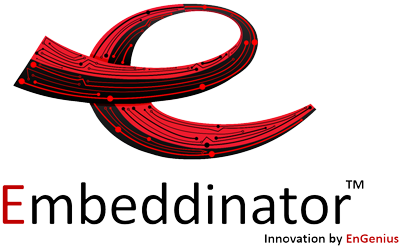
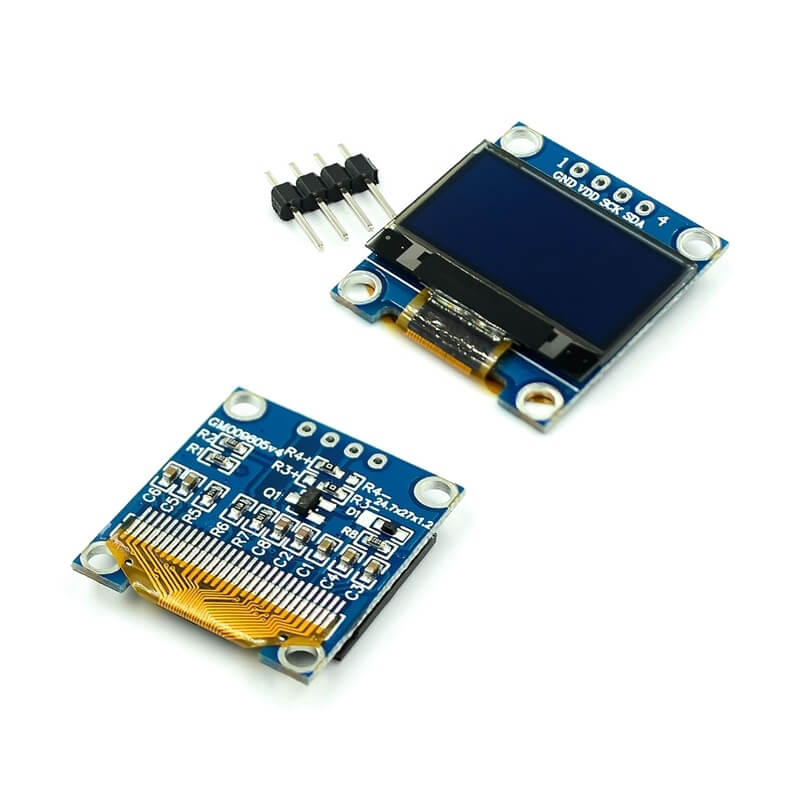
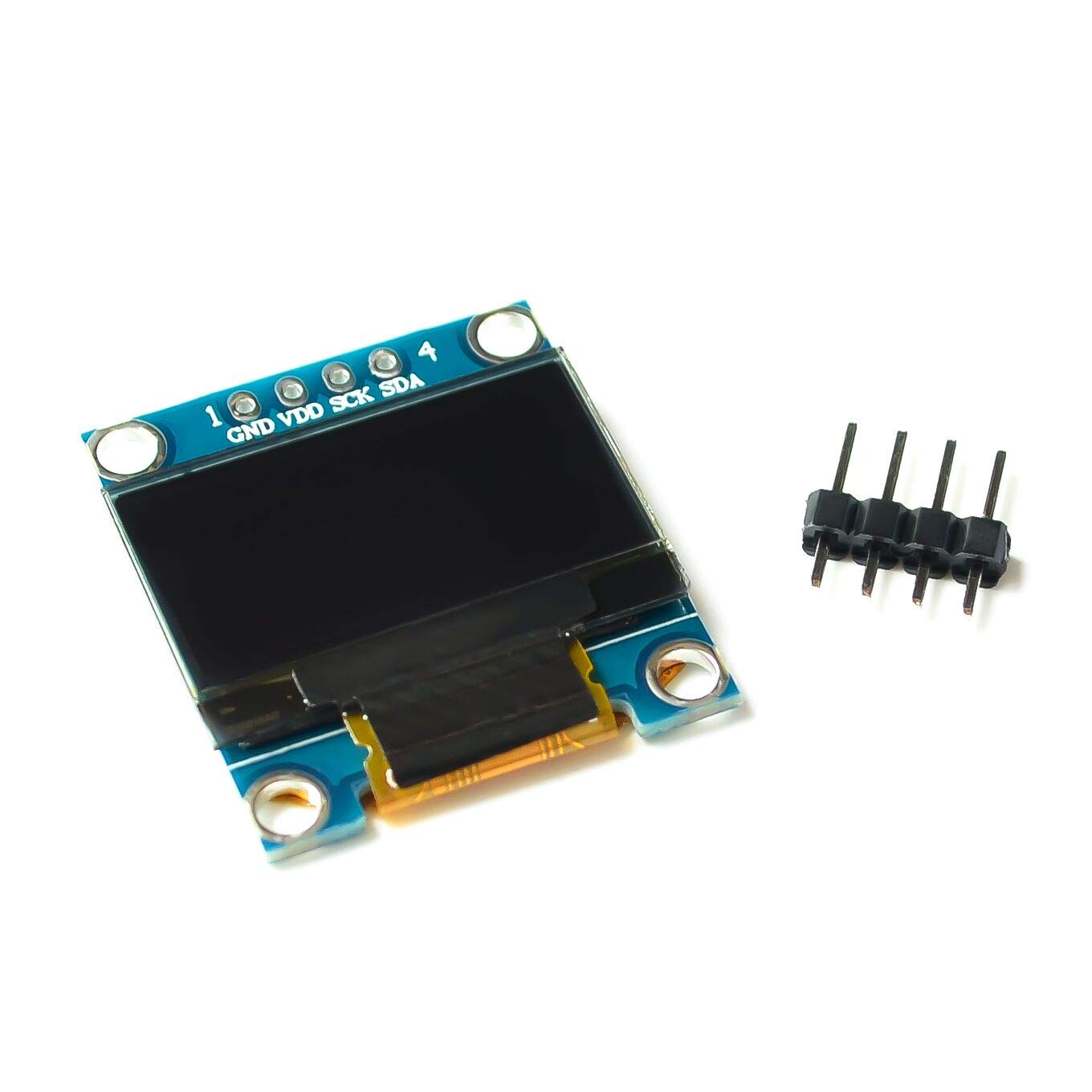
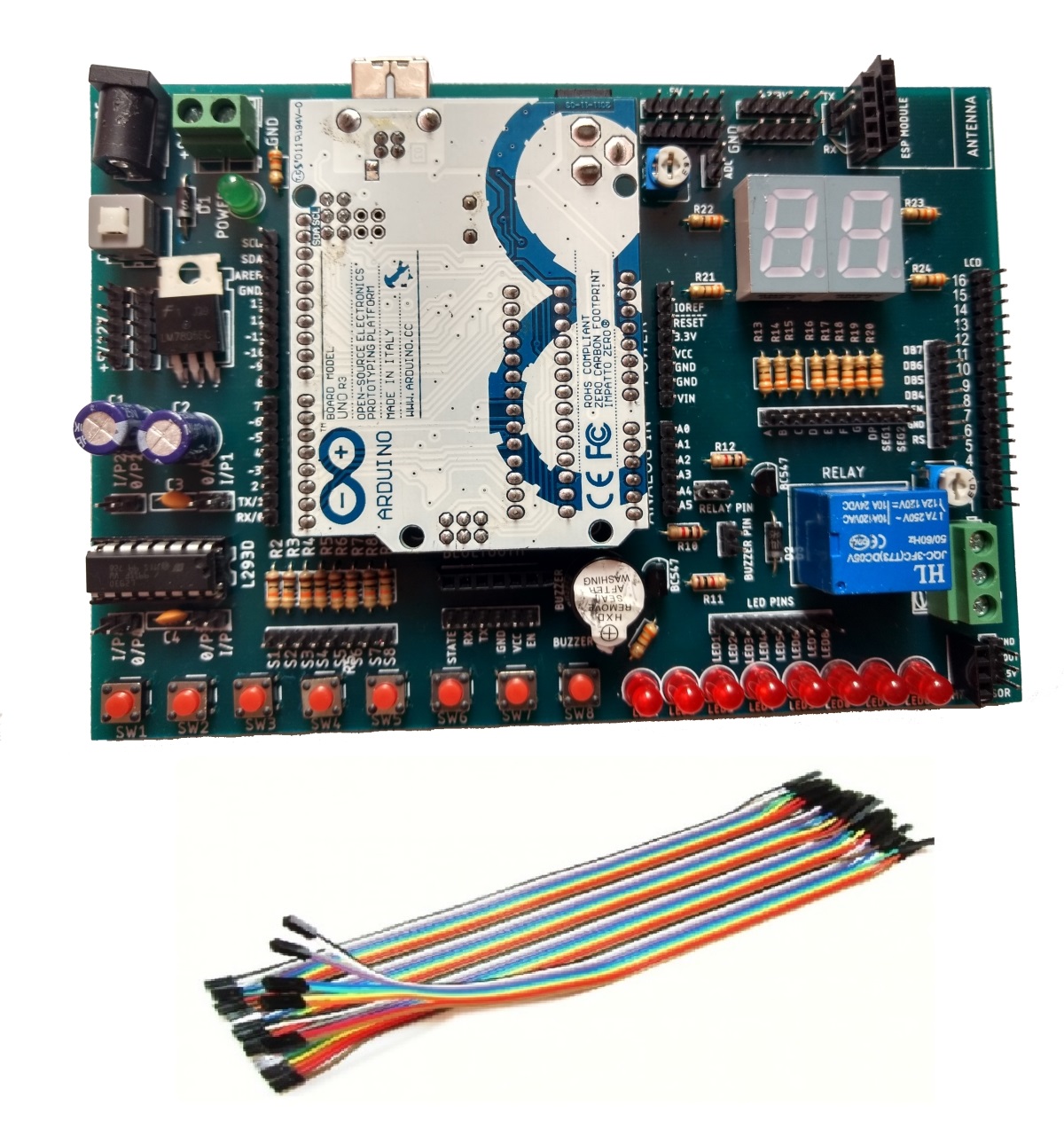
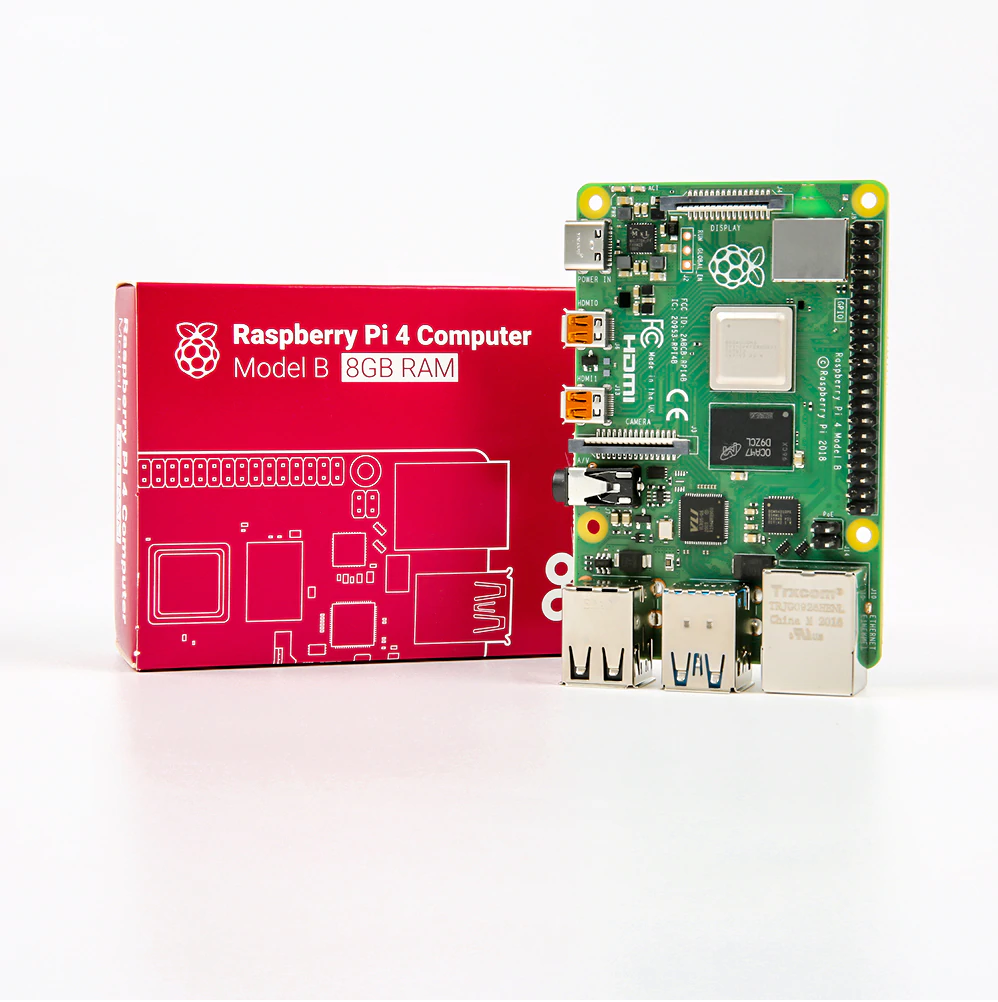
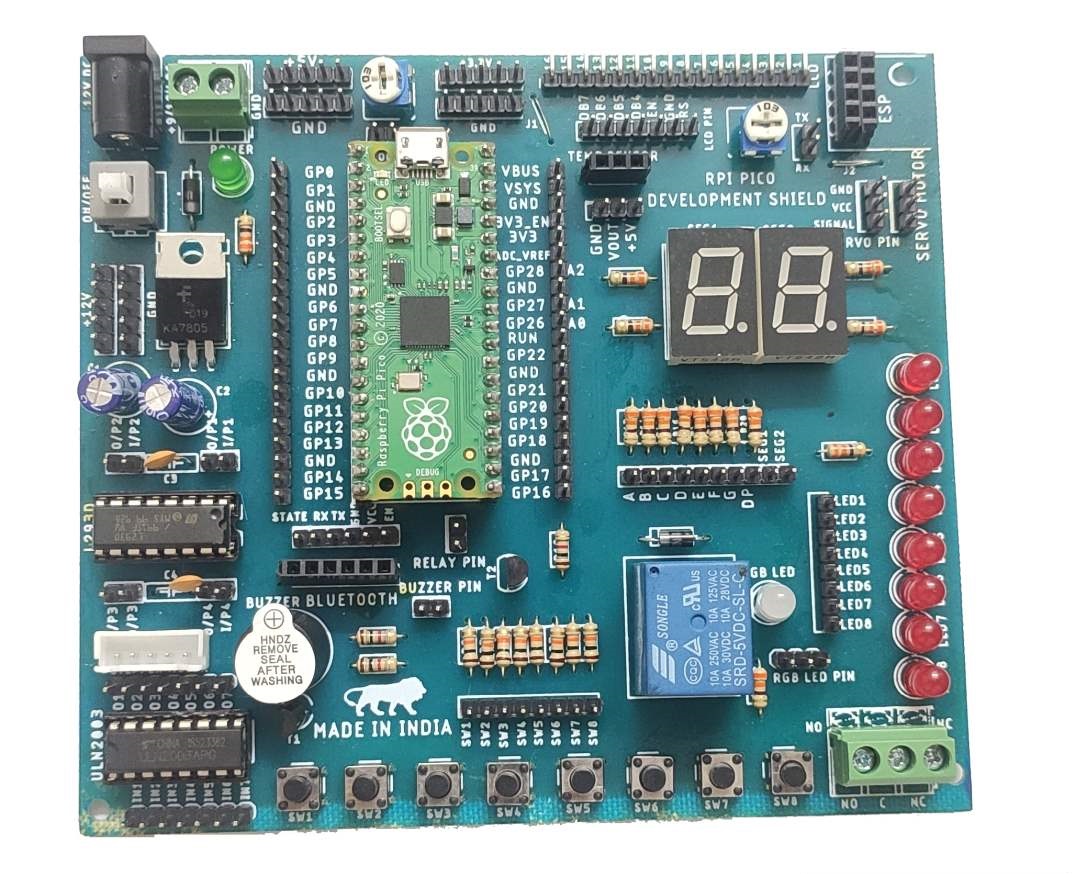
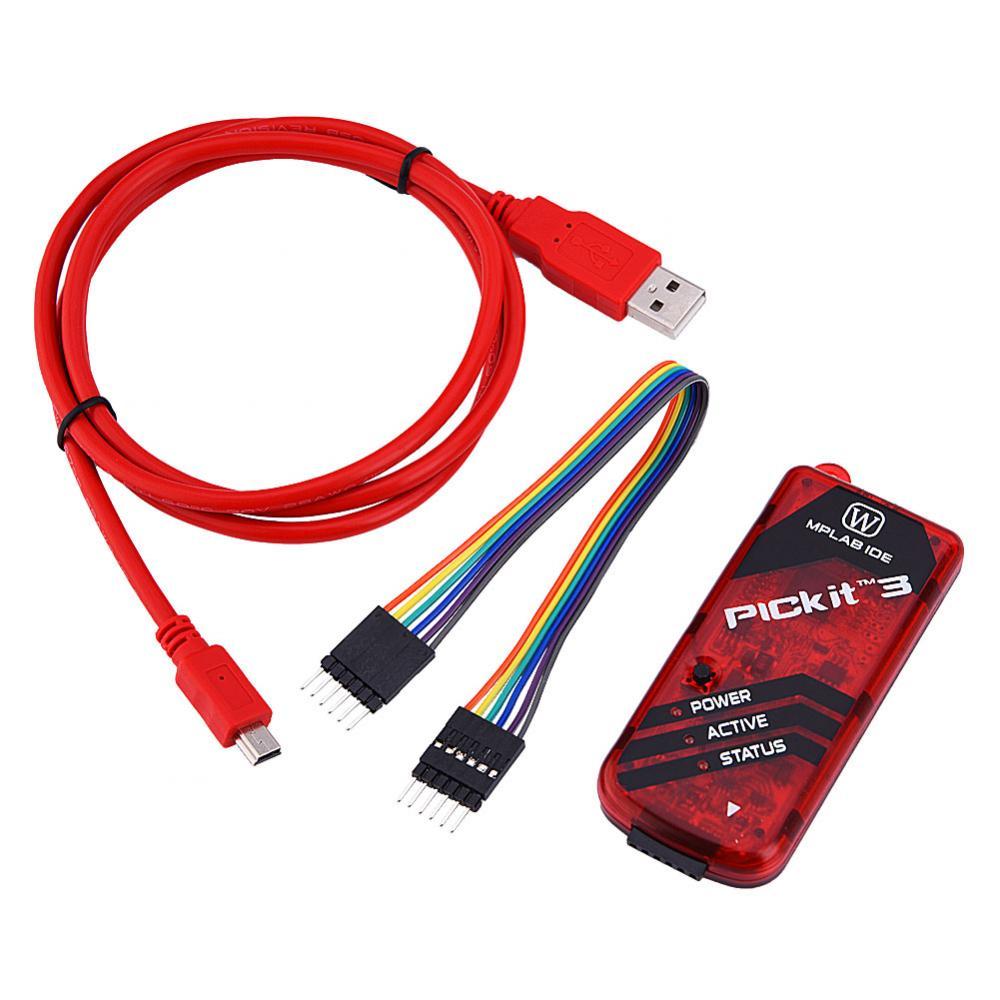
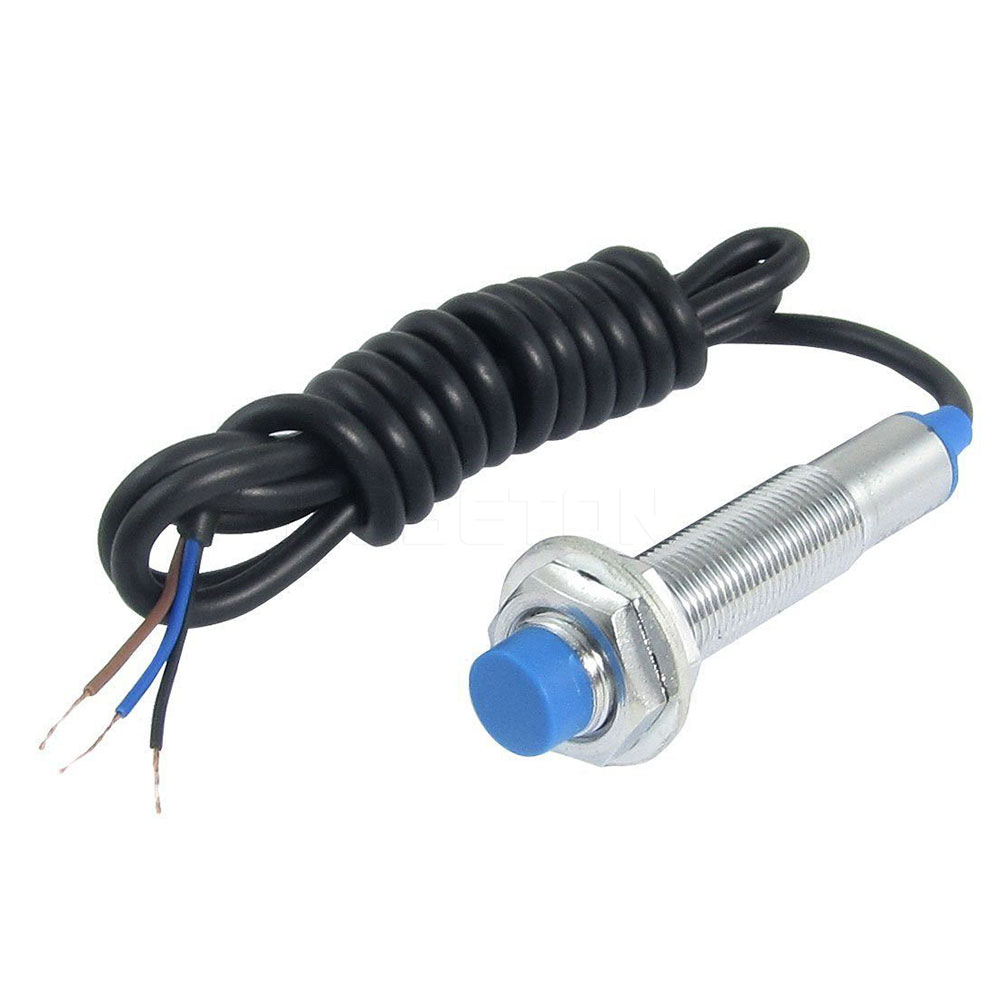

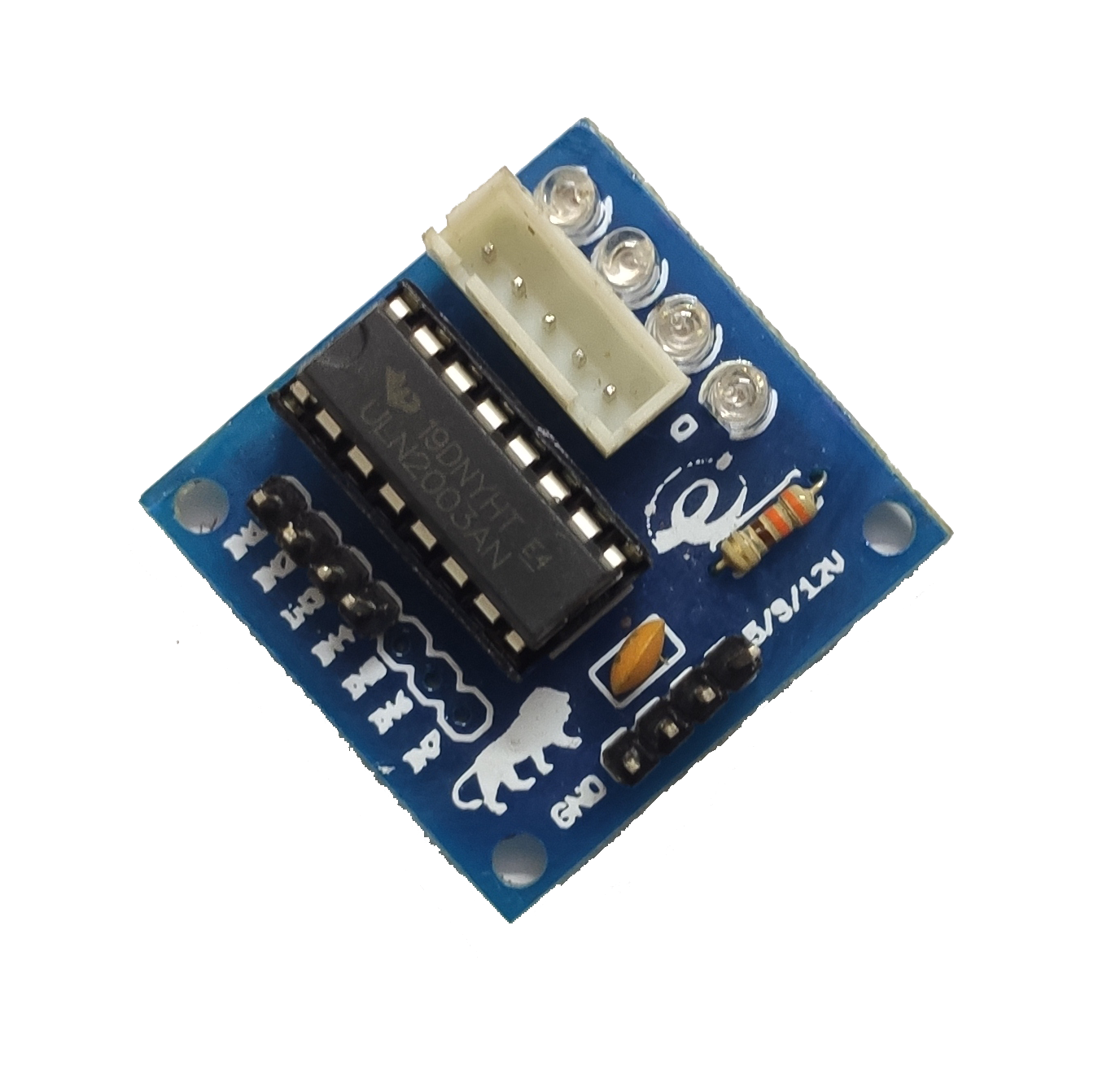
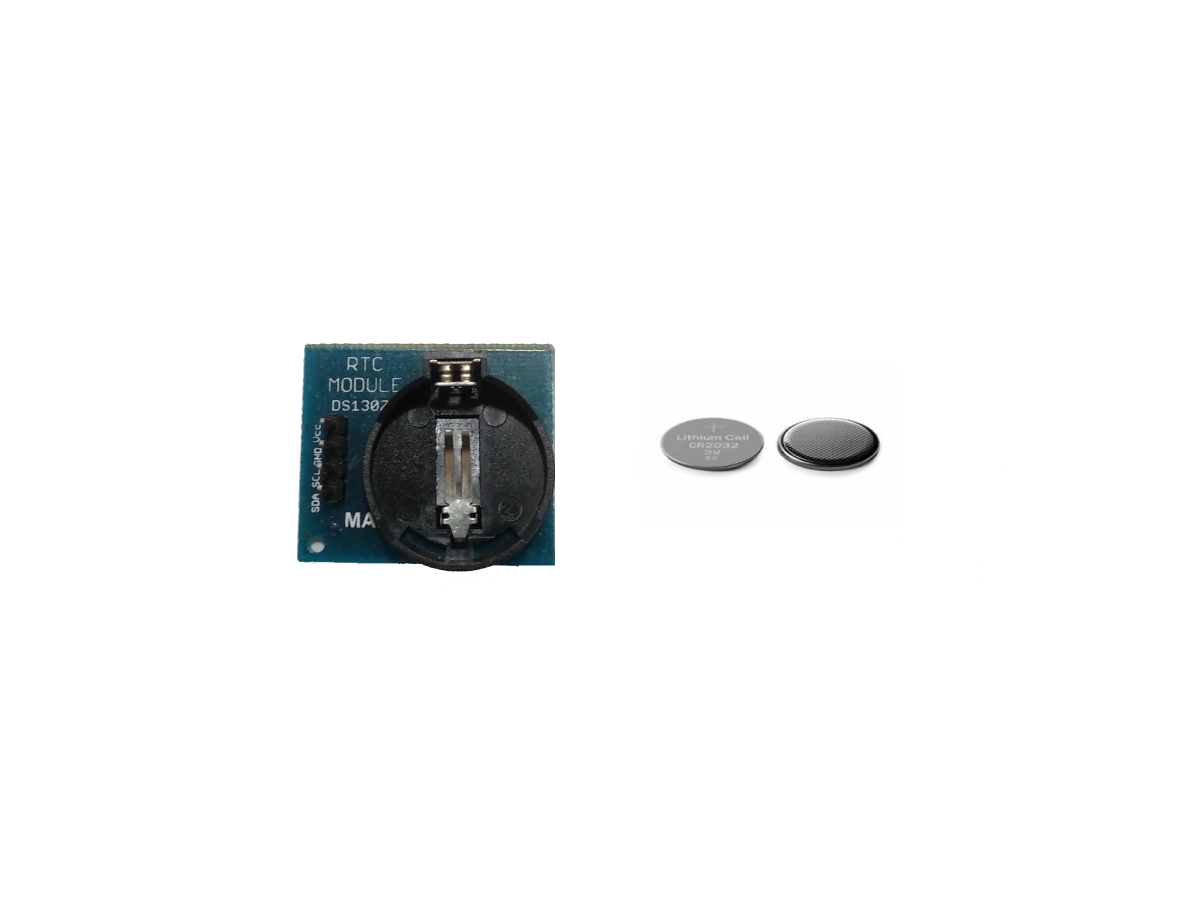
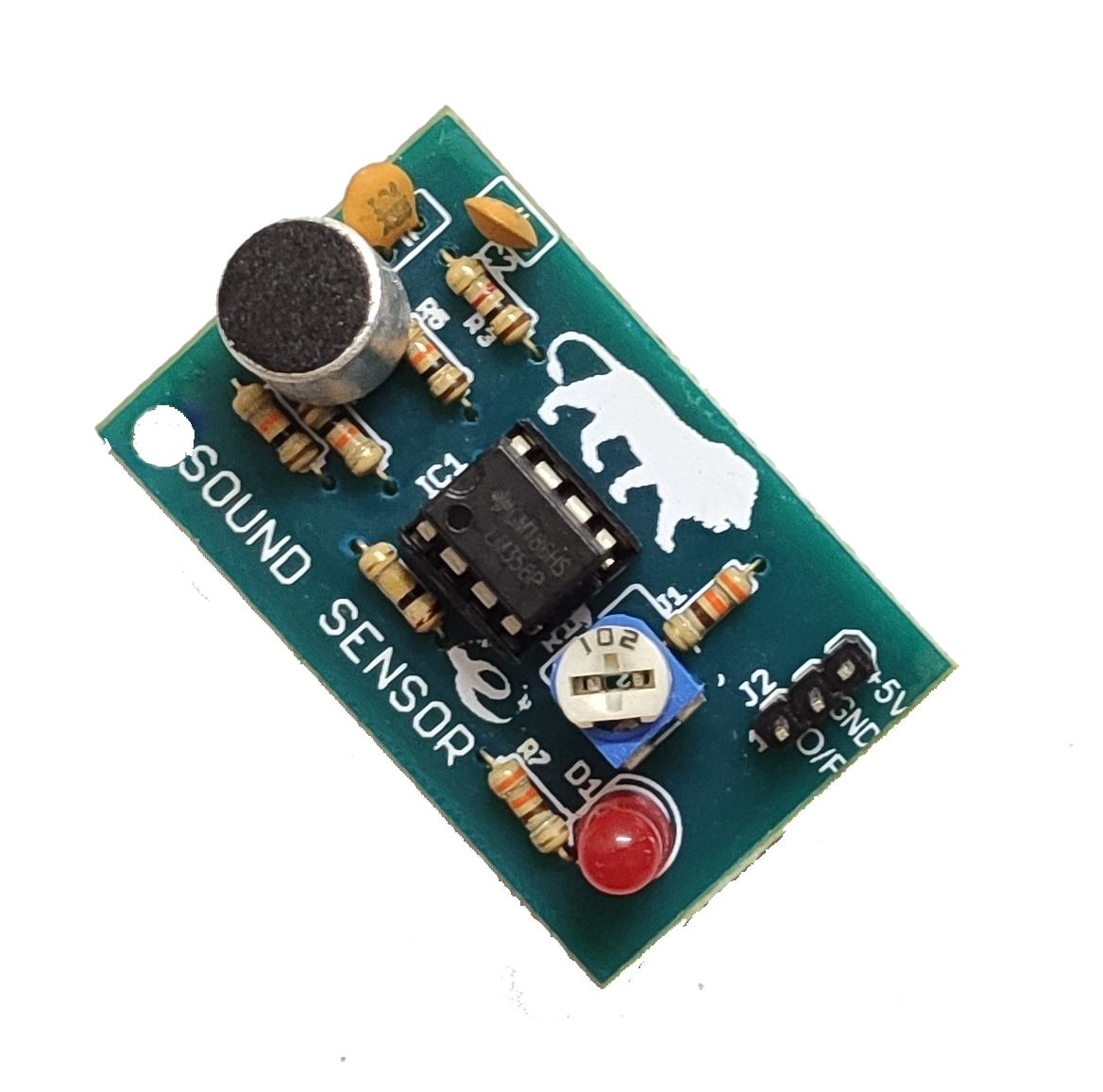
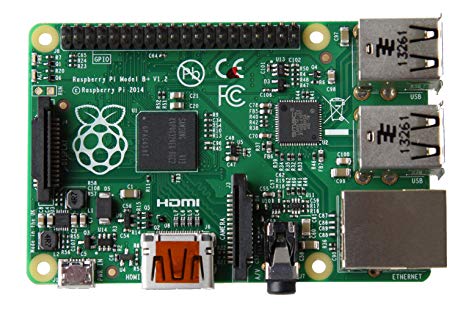
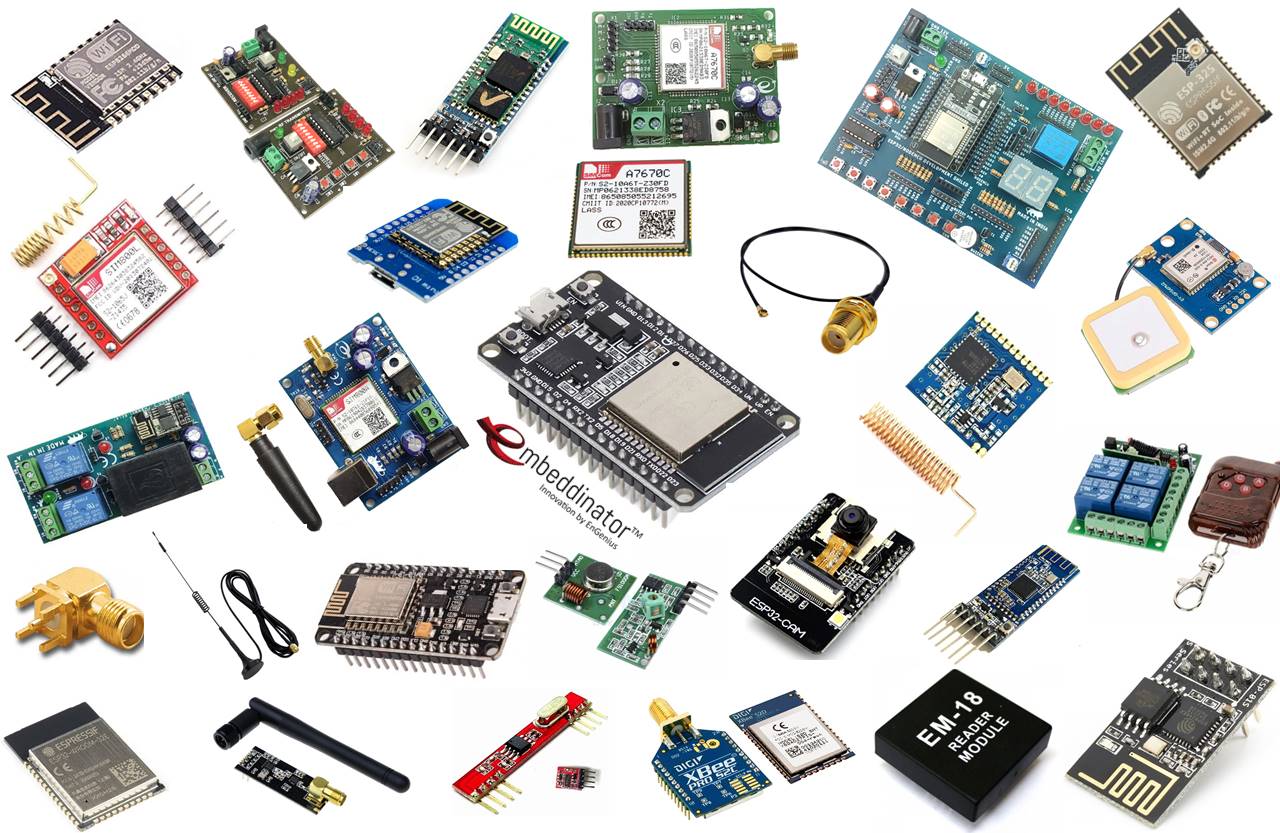
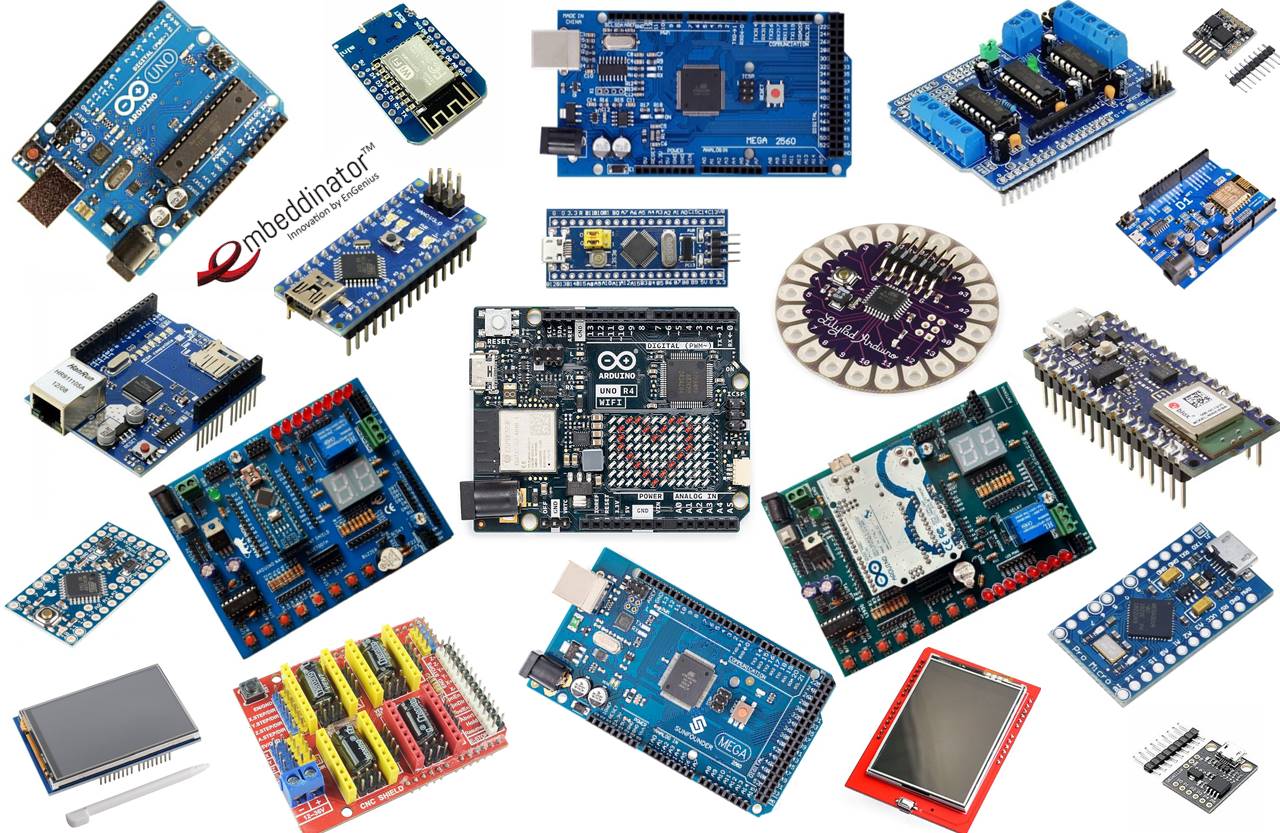
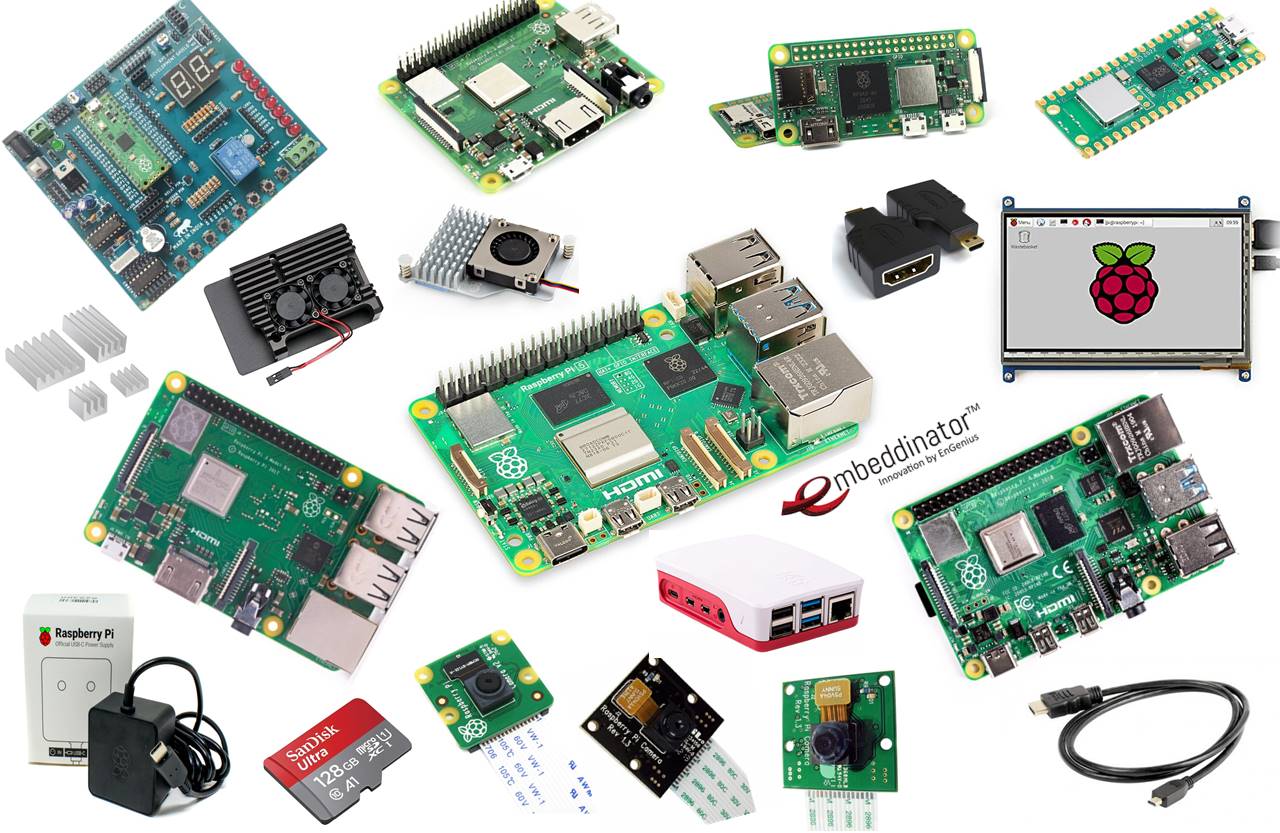
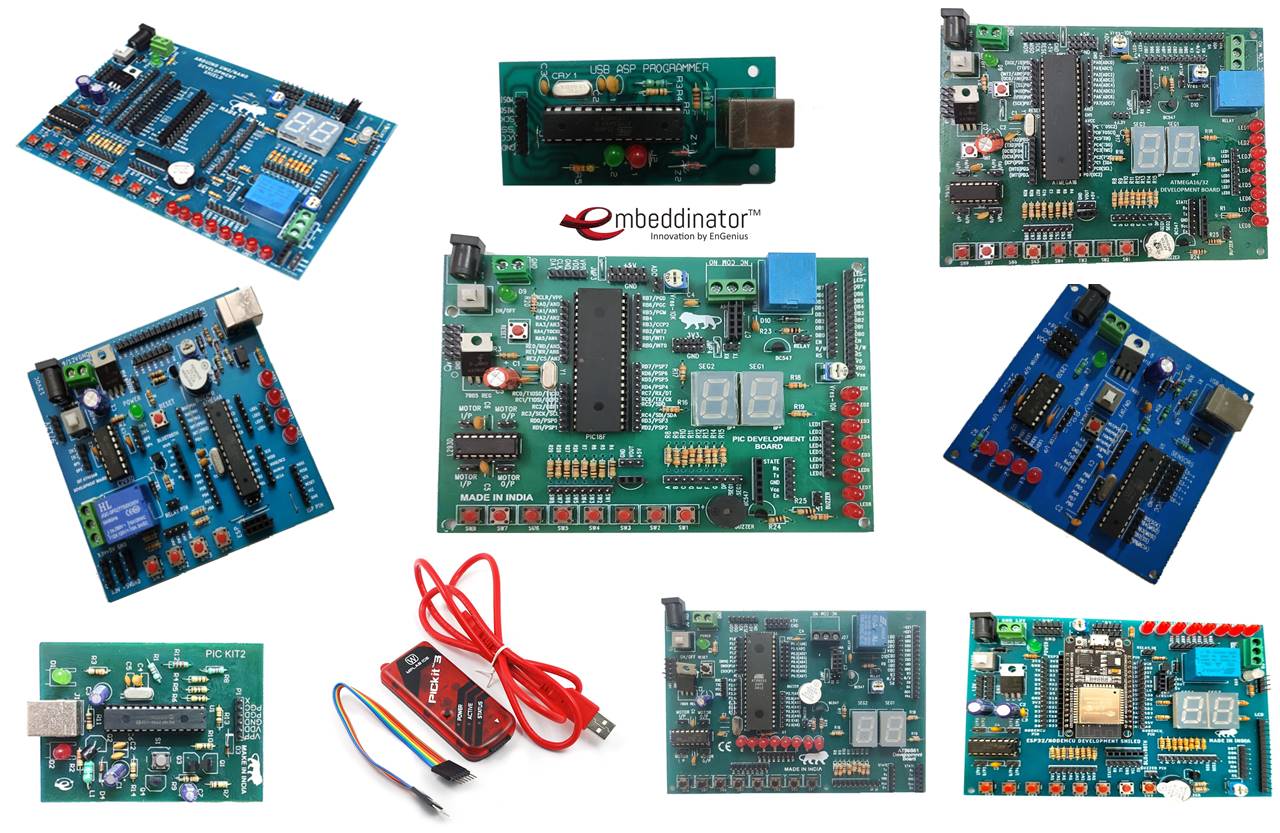
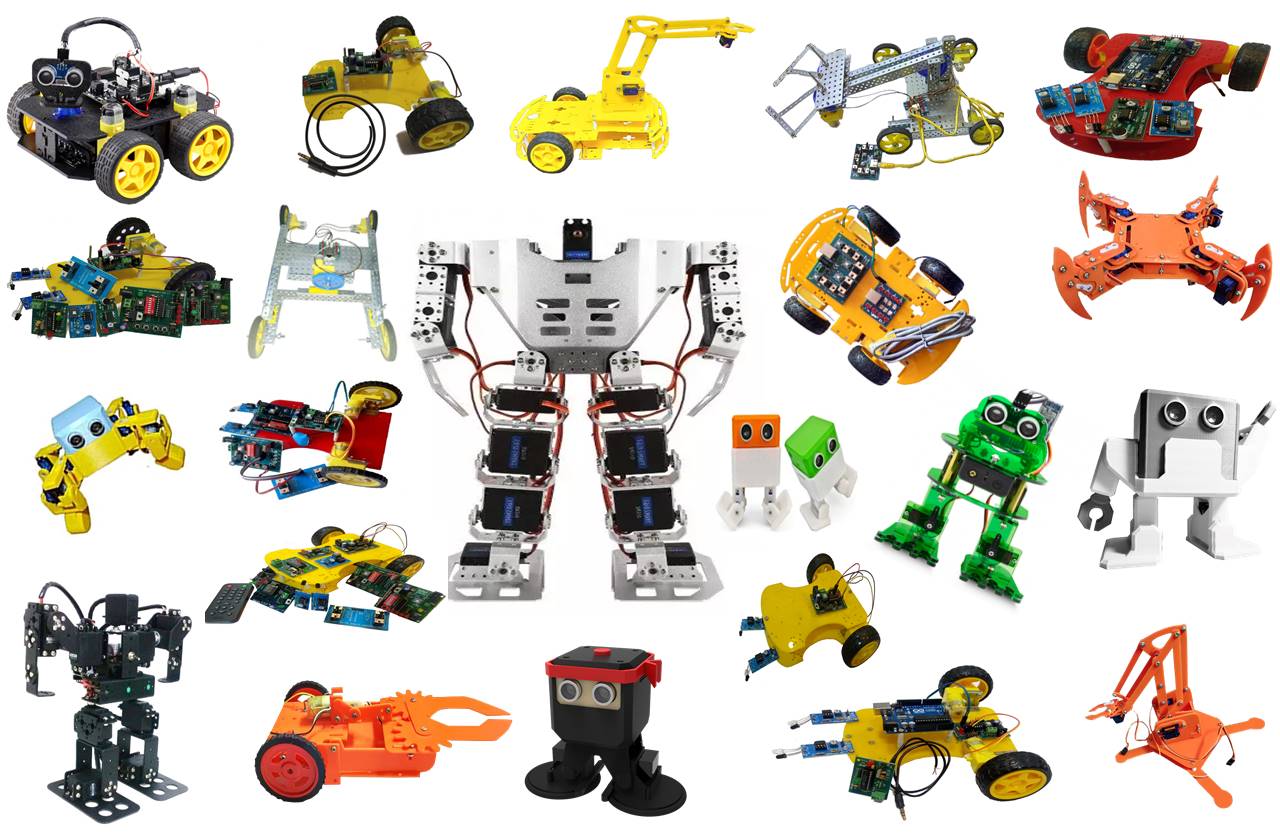
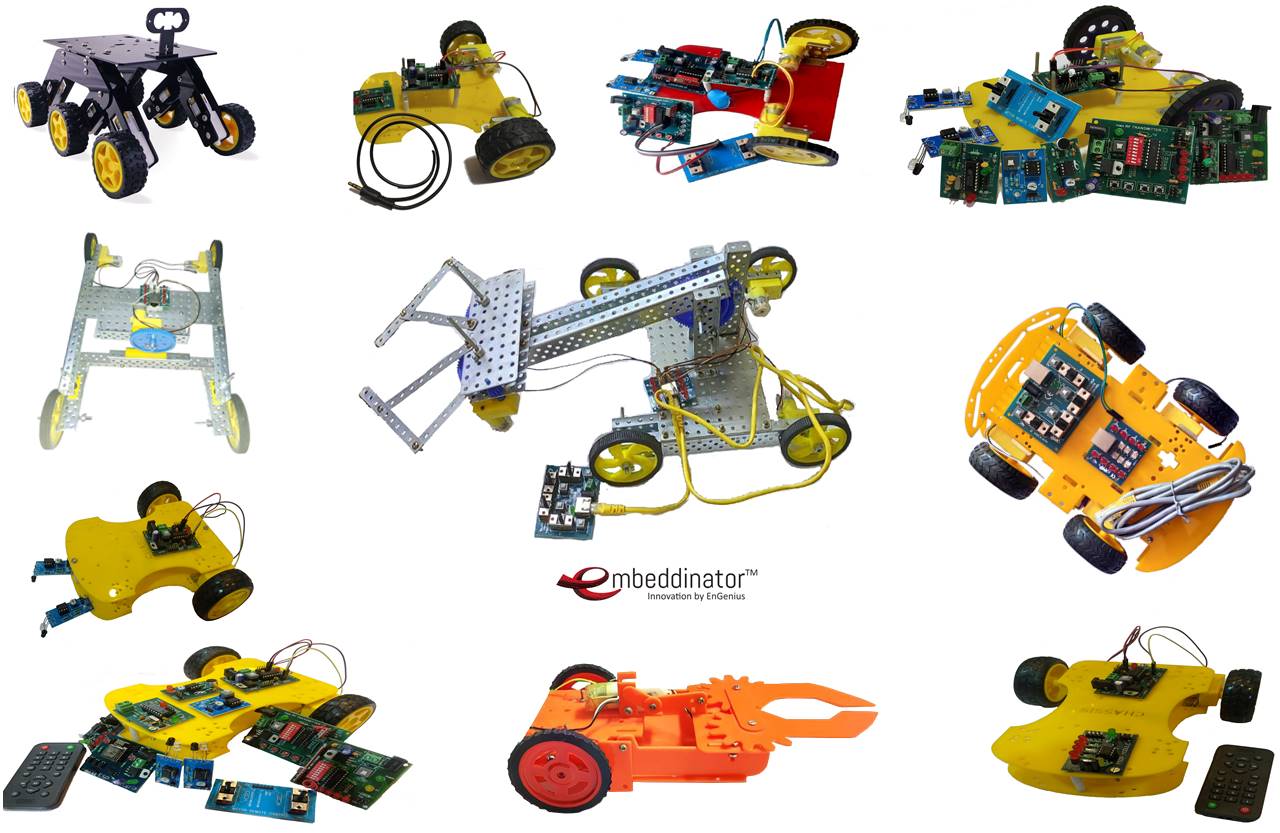
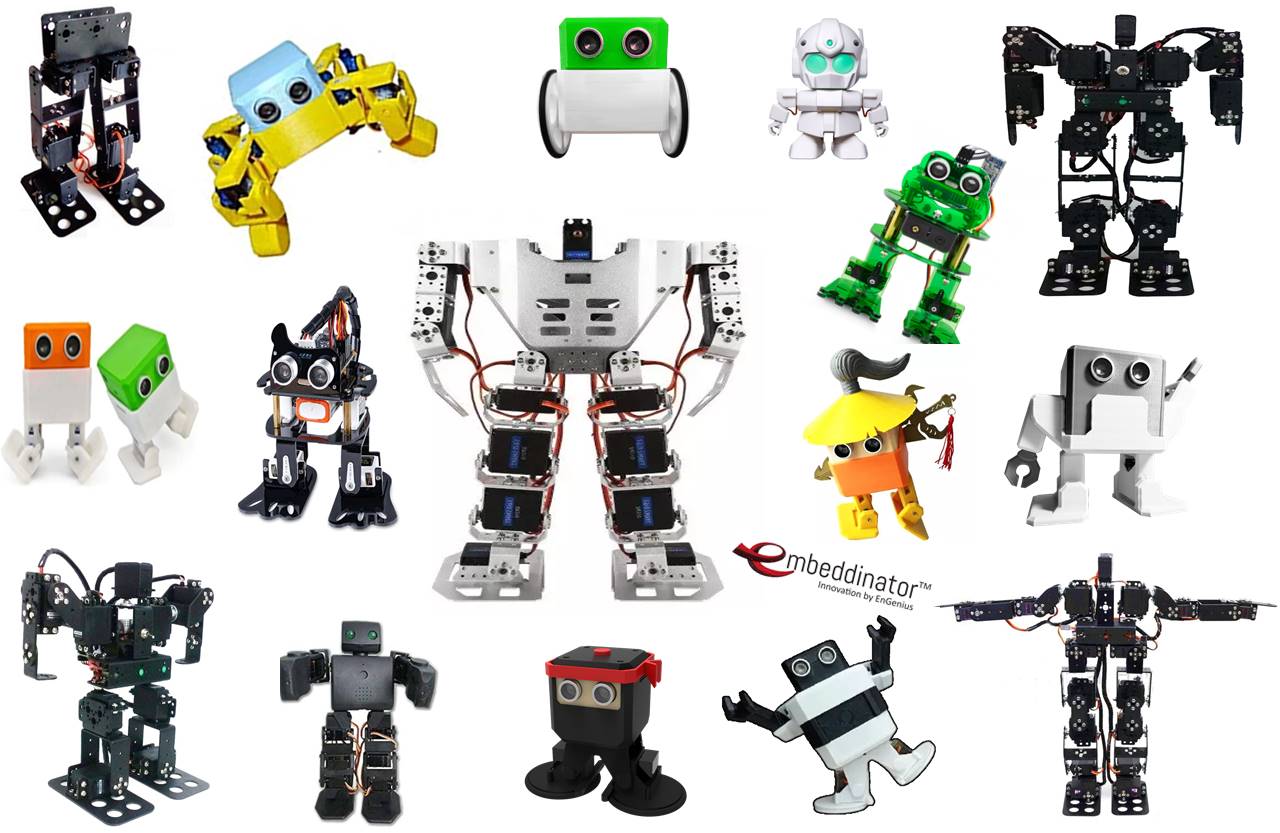
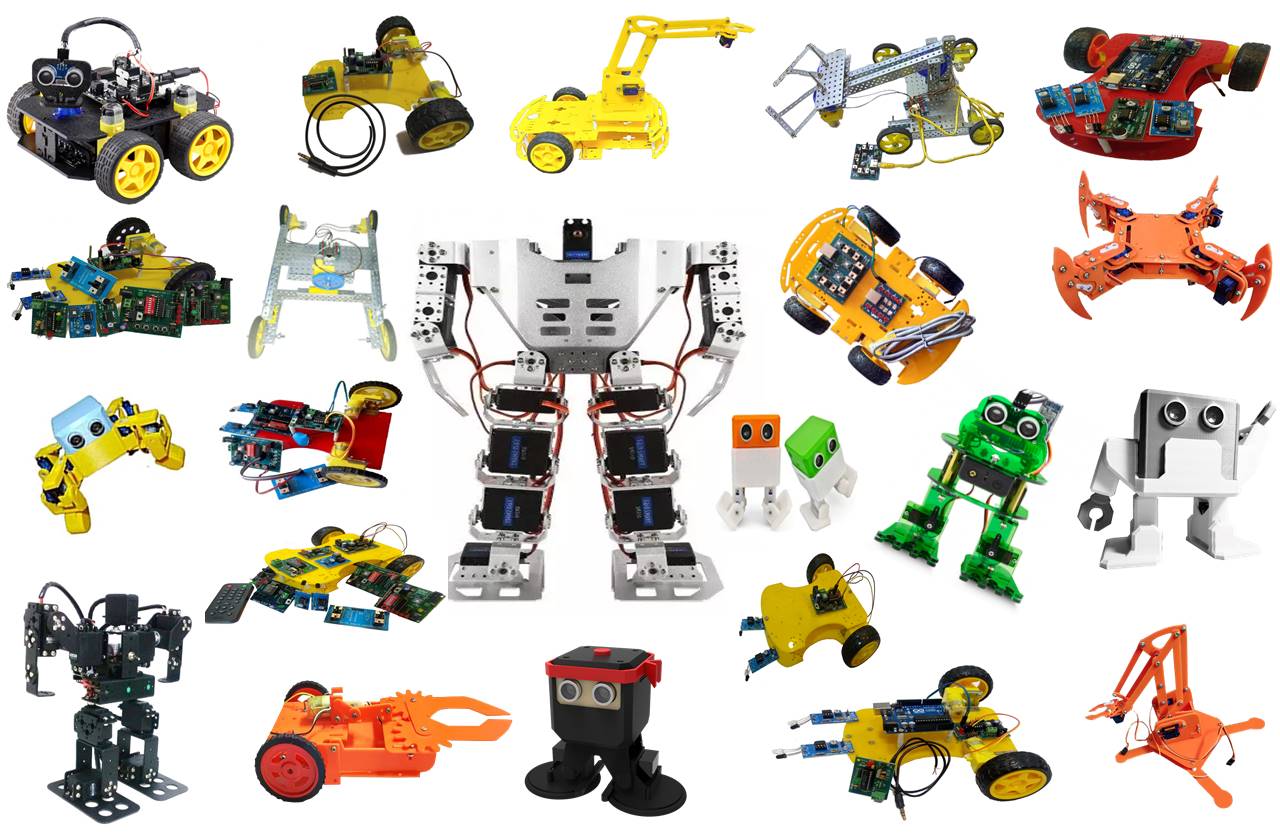
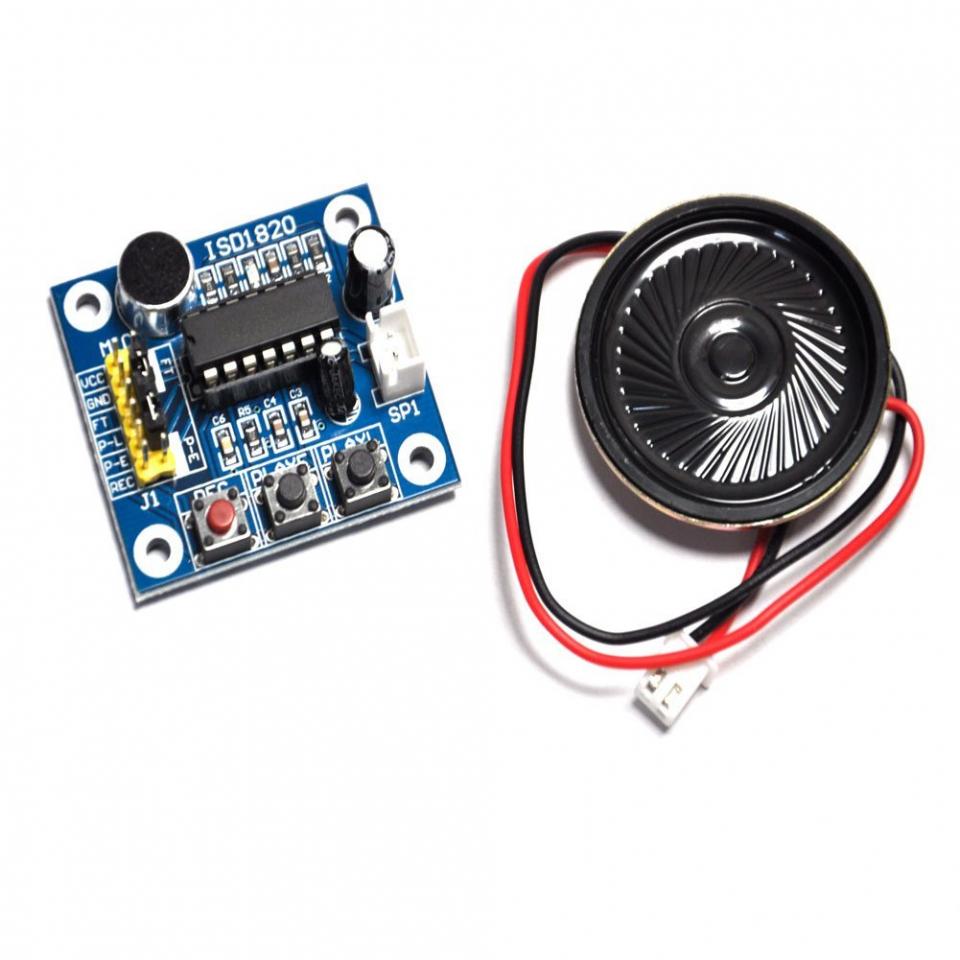
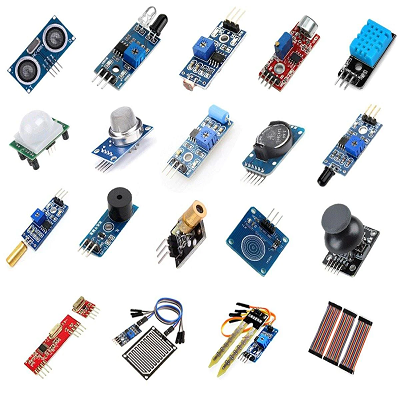
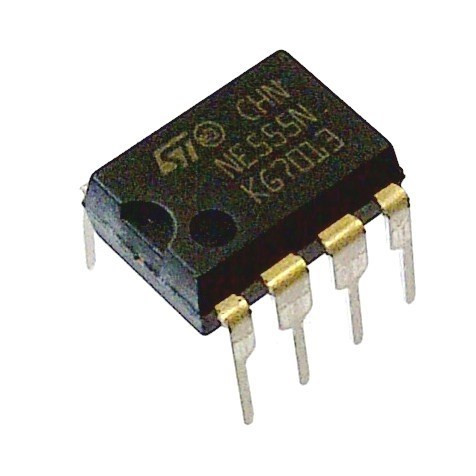
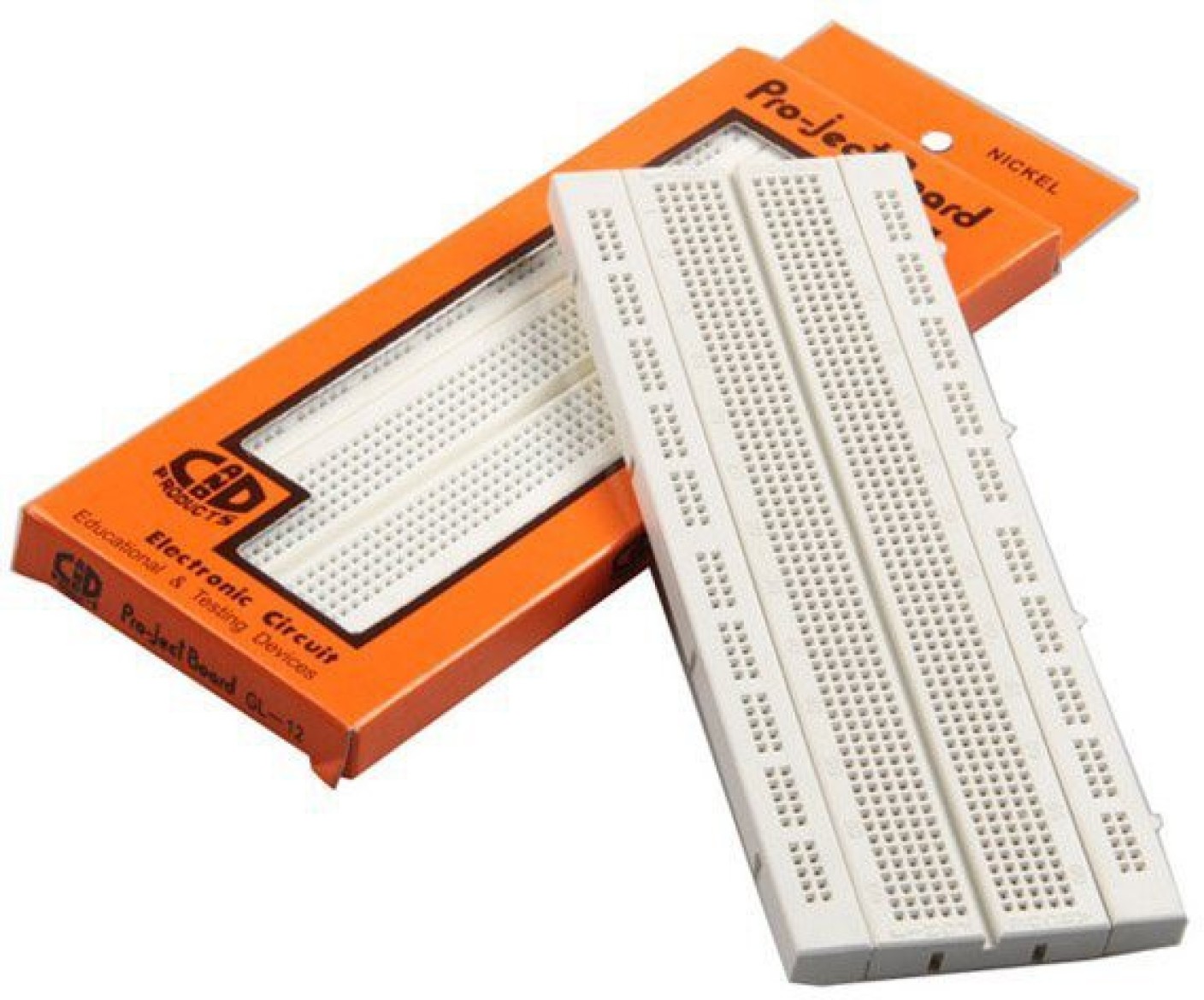
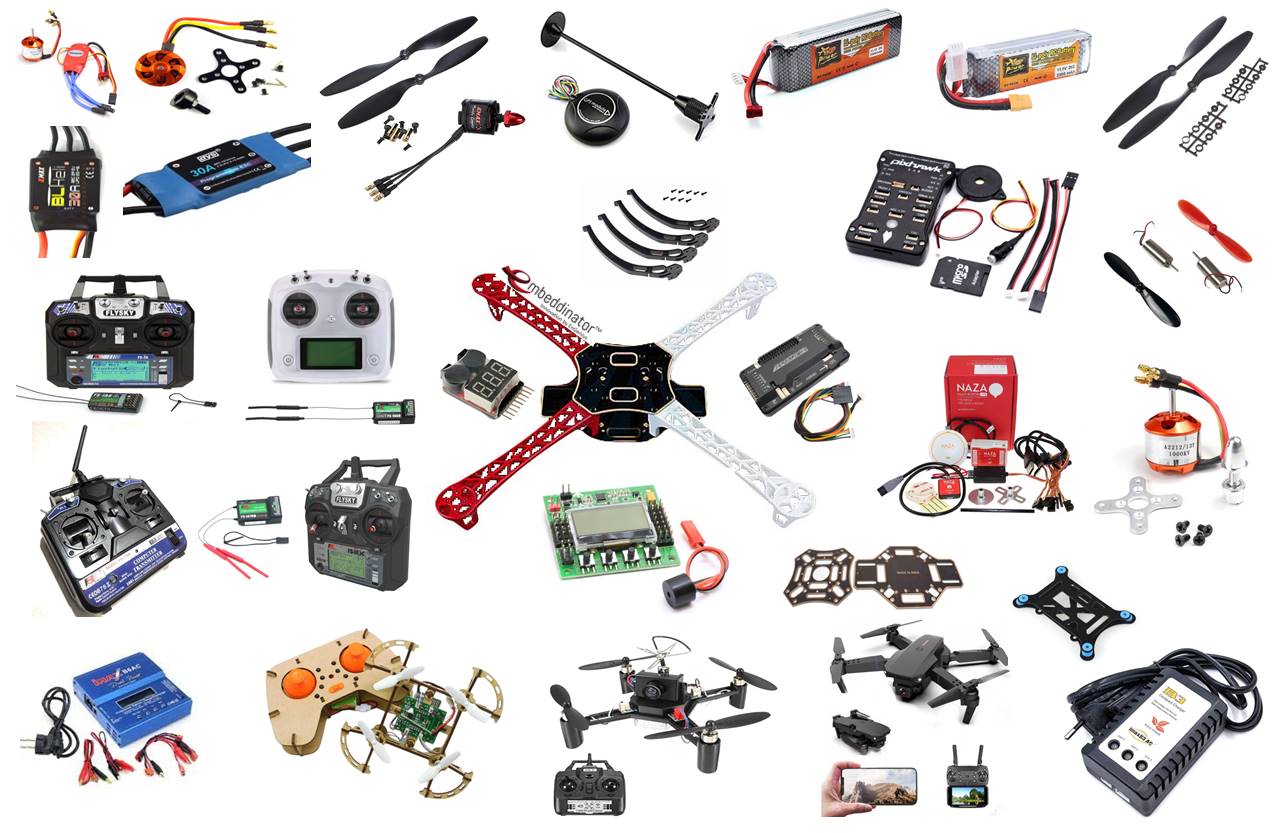
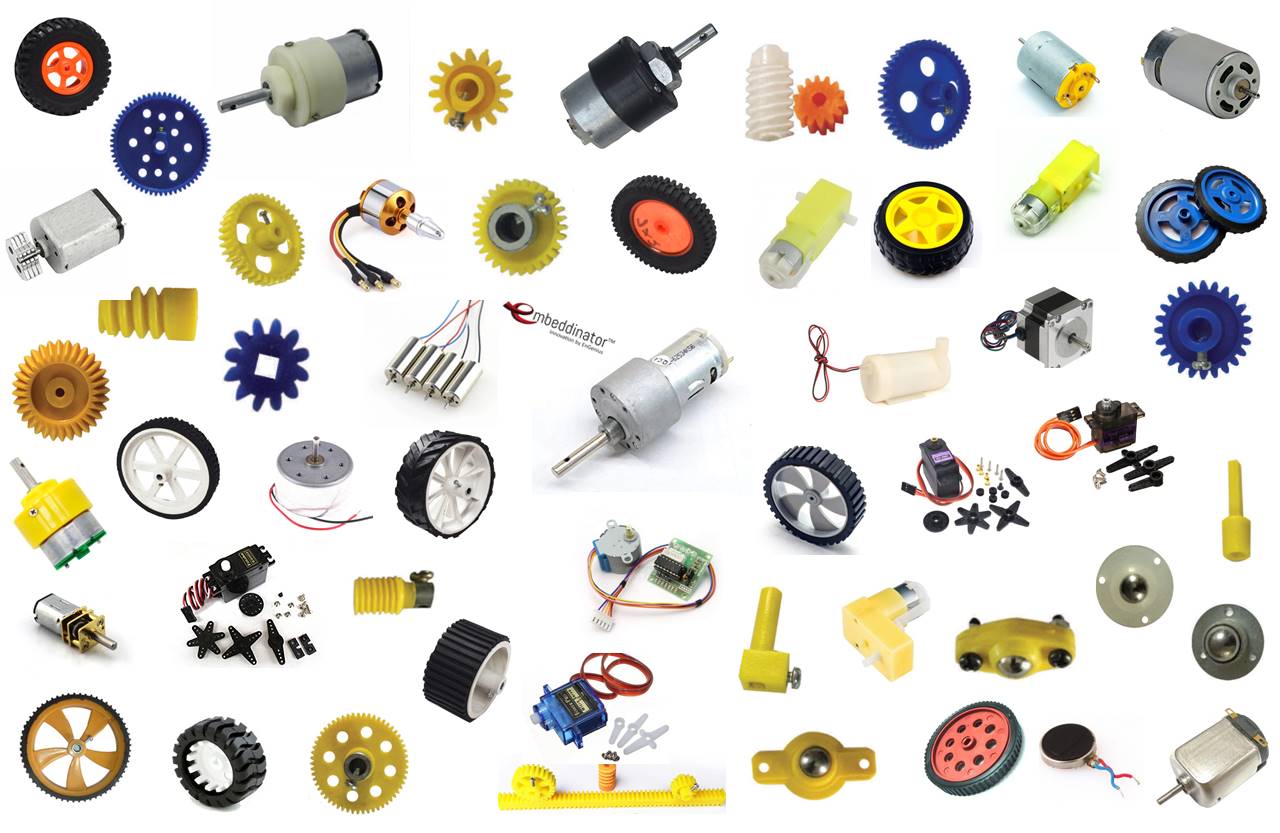


Customer questions & answers
Customer reviews
0 out of 5
Add a review